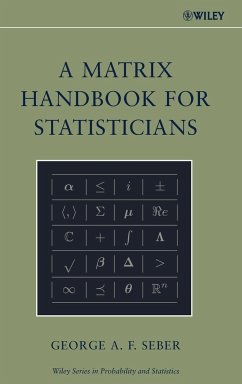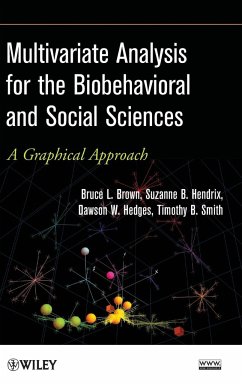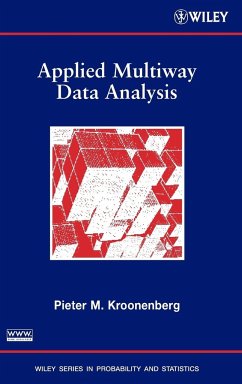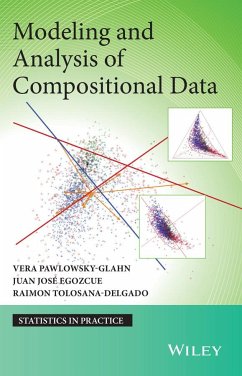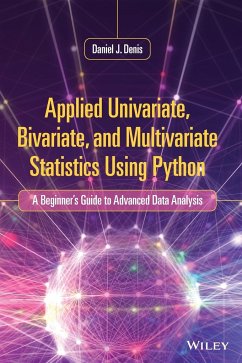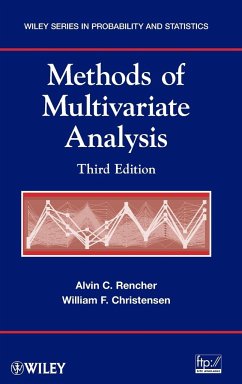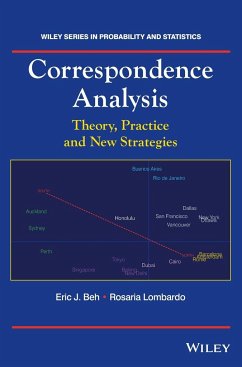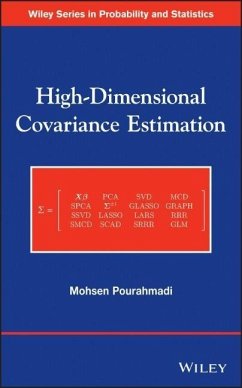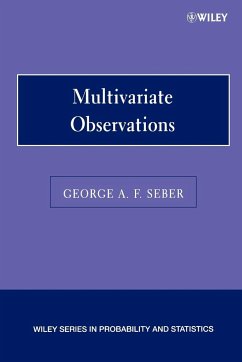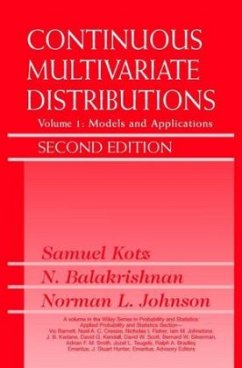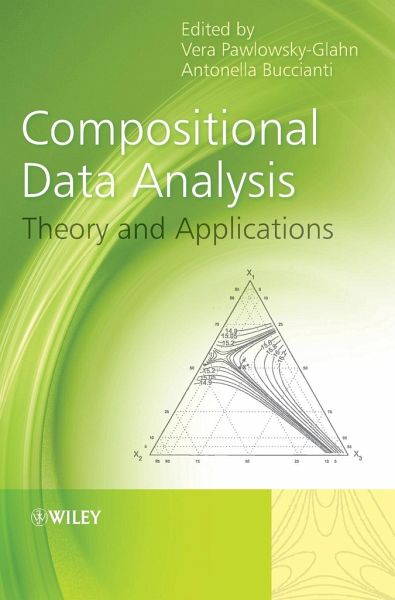
Compositional Data Analysis
Versandkostenfrei!
Versandfertig in über 4 Wochen
118,99 €
inkl. MwSt.
Weitere Ausgaben:

PAYBACK Punkte
59 °P sammeln!
It is difficult to imagine that the statistical analysis of compositional data has been a major issue of concern for more than 100 years. It is even more difficult to realize that so many statisticians and users of statistics are unaware of the particular problems affecting compositional data, as well as their solutions. The issue of ``spurious correlation'', as the situation was phrased by Karl Pearson back in 1897, affects all data that measures parts of some whole, such as percentages, proportions, ppm and ppb. Such measurements are present in all fields of science, ranging from geology, bi...
It is difficult to imagine that the statistical analysis of compositional data has been a major issue of concern for more than 100 years. It is even more difficult to realize that so many statisticians and users of statistics are unaware of the particular problems affecting compositional data, as well as their solutions. The issue of ``spurious correlation'', as the situation was phrased by Karl Pearson back in 1897, affects all data that measures parts of some whole, such as percentages, proportions, ppm and ppb. Such measurements are present in all fields of science, ranging from geology, biology, environmental sciences, forensic sciences, medicine and hydrology. This book presents the history and development of compositional data analysis along with Aitchison's log-ratio approach. Compositional Data Analysis describes the state of the art both in theoretical fields as well as applications in the different fields of science. Key Features: * Reflects the state-of-the-art in compositional data analysis. * Gives an overview of the historical development of compositional data analysis, as well as basic concepts and procedures. * Looks at advances in algebra and calculus on the simplex. * Presents applications in different fields of science, including, genomics, ecology, biology, geochemistry, planetology, chemistry and economics. * Explores connections to correspondence analysis and the Dirichlet distribution. * Presents a summary of three available software packages for compositional data analysis. * Supported by an accompanying website featuring R code. Applied scientists working on compositional data analysis in any field of science, both in academia and professionals will benefit from this book, along with graduate students in any field of science working with compositional data.




